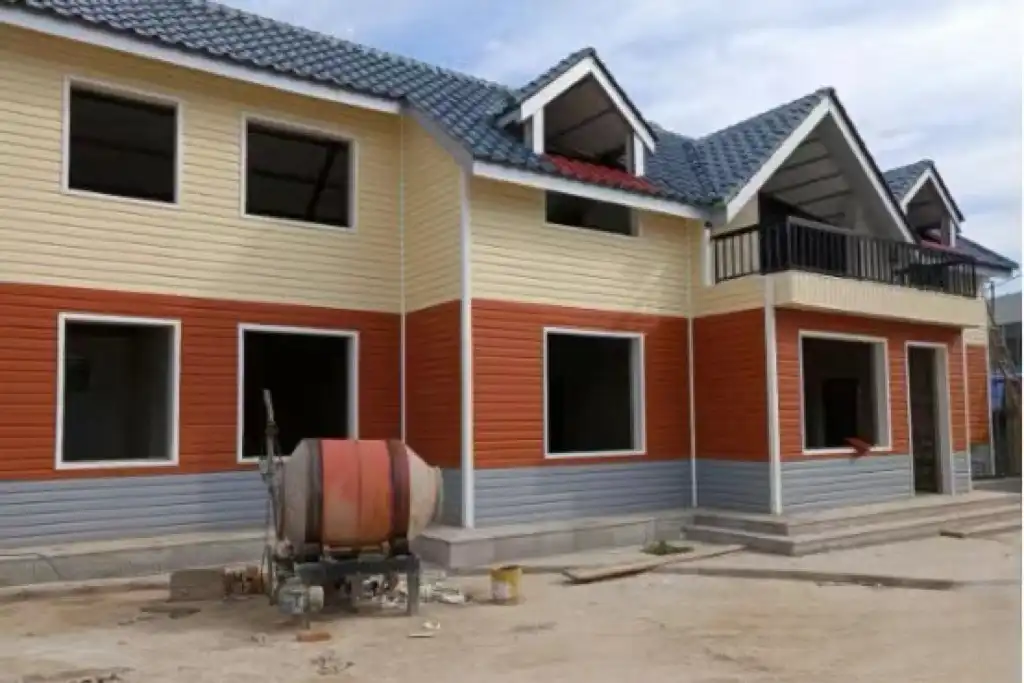Preparing for Your Mobile Home Metal Siding Installation
Assessing Your Mobile Home's Current Condition
Before embarking on your metal siding installation journey, it's crucial to thoroughly assess your mobile home's current condition. Start by inspecting the existing siding for any signs of damage, such as rot, mold, or structural issues. Pay close attention to areas around windows, doors, and corners, as these are common problem spots. If you discover any underlying damage, address these issues before proceeding with the new siding installation. This step is vital to ensure a solid foundation for your metal siding and prevent future complications.
Gathering Necessary Tools and Materials
To successfully install metal siding on your mobile home, you'll need to gather the right tools and materials. Essential tools include a tape measure, level, chalk line, tin snips, drill, and safety equipment like gloves and goggles. For materials, you'll need mobile home metal siding panels, which typically come in 36-inch widths and custom lengths up to 20 feet. Choose from galvanized steel, aluminum, or stainless steel options, with thicknesses ranging from 26 to 29 gauge (0.018 to 0.035 inches). Don't forget to include fasteners, trim pieces, and insulation materials like polyurethane, polystyrene, or rock wool for enhanced thermal performance.
Calculating Material Requirements
Accurate measurements are key to determining how much metal siding you'll need for your mobile home. Measure the length and height of each exterior wall, accounting for windows and doors. Add an extra 10% to your calculations to allow for waste and mistakes. Consider the color options available, which can range from standard shades to custom colors, allowing you to personalize your mobile home's appearance. Remember to factor in surface treatments like paint, coatings, or anodization, which not only enhance aesthetics but also contribute to the siding's durability and corrosion resistance.
Step-by-Step Installation Process
Removing Old Siding and Preparing the Surface
Begin the installation process by carefully removing the existing siding from your mobile home. Use appropriate tools to avoid damaging the underlying structure. Once the old siding is removed, inspect the exposed surface for any damage or rot. Repair or replace any compromised areas to ensure a solid base for your new metal siding. Clean the surface thoroughly and apply a weather-resistant barrier to enhance protection against moisture and air infiltration.
Installing Insulation and Furring Strips
Before attaching the metal siding, consider installing additional insulation to improve your mobile home's energy efficiency. Choose from insulation materials like polyurethane, polystyrene, or rock wool, which offer excellent thermal properties. Install furring strips horizontally across the exterior walls, ensuring they're level and properly spaced. These strips create an air gap between the insulation and metal siding, promoting better ventilation and moisture management.
Cutting and Fitting Metal Siding Panels
With the surface prepared and insulation in place, it's time to start cutting and fitting your mobile home metal siding panels. Use tin snips or a circular saw with a metal-cutting blade to trim panels to the required sizes. Begin installation at a corner of your mobile home, working your way across and upward. Ensure each panel is level and properly overlapped with adjacent panels to create a watertight seal. Pay special attention to areas around windows, doors, and other openings, using appropriate flashing and trim pieces for a polished look.
Finishing Touches and Maintenance Tips
Sealing and Weatherproofing
After installing all the metal siding panels, focus on sealing and weatherproofing to maximize the protection for your mobile home. Apply caulk or sealant to all joints, corners, and areas around windows and doors. This step is crucial for preventing water infiltration and improving the overall energy efficiency of your mobile home. Choose a high-quality, exterior-grade sealant that's compatible with your metal siding material to ensure long-lasting performance.
Adding Decorative Elements
With the primary installation complete, consider adding decorative elements to enhance the aesthetic appeal of your mobile home's new metal siding. Install trim pieces around windows, doors, and corners for a finished look. Explore the various color options and surface treatments available to create a personalized exterior that reflects your style. Remember, metal siding offers versatility in design, allowing you to achieve a modern, traditional, or eclectic appearance for your mobile home.
Long-Term Care and Maintenance
To preserve the beauty and functionality of your newly installed mobile home metal siding, implement a regular maintenance routine. Periodically inspect the siding for any signs of damage, loose panels, or failing sealant. Clean the siding annually using a mild detergent and soft brush to remove dirt and debris. The durability and corrosion-resistant properties of metal siding contribute to its low maintenance requirements, but proper care will extend its lifespan and maintain its appearance for years to come.
Conclusion
Installing metal siding on your mobile home is a rewarding DIY project that can significantly enhance its appearance, energy efficiency, and durability. By following this guide and paying attention to details throughout the process, you can achieve professional-looking results. Remember to prioritize safety, take accurate measurements, and choose high-quality materials for the best outcome. With its customizable designs, thermal insulation properties, and fire-resistant characteristics, mobile home metal siding offers a combination of style and functionality that can transform your living space.
For more information on exterior cladding and facade solutions, including mobile home metal siding options, please don't hesitate to contact us at info@sdqsc.com. Our team at Weifang Sandong Building Materials Co., Ltd. is committed to providing top-quality products and unparalleled service to enhance your home improvement projects.